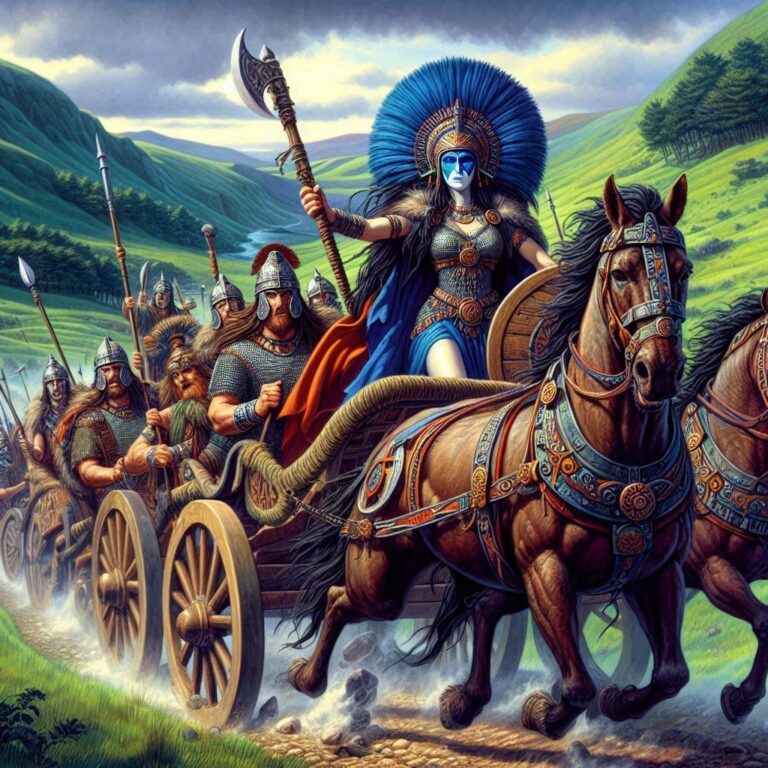The History of Fairies
The History of Fairies
The Dark & Tragic Stories You Were Never Told
Fairies have long been portrayed as enchanting, magical beings fluttering through whimsical forests or granting wishes in the twinkle of an eye. But beneath the sparkle lies a far darker and more complex history. Far from the benevolent creatures of modern fantasy, fairies were once regarded with awe, fear, and suspicion. Their tales, rooted in folklore, often reflected humanity’s anxieties and struggles. This article explores the dark and tragic stories of fairies that history seldom recounts.

Origins of Fairy Lore
The History of Fairies
The concept of fairies is as old as storytelling itself, with origins that span across cultures and continents. In Celtic folklore, they were often known as the Sidhe, a mystical race tied to the natural world and the spirit realm. Similarly, Scandinavian traditions spoke of the Alfar, otherworldly beings that lived in the hills and were known for their capricious nature.
These early depictions were far from the kind and gentle fairies of modern tales. Instead, fairies were viewed as powerful, unpredictable, and often vengeful entities. They were not creatures to be trifled with, and interactions with them often came at a great cost.
Fairies as Harbingers of Misfortune
The History of Fairies
Many fairy tales and legends painted fairies as harbingers of doom. In Irish folklore, for instance, encountering the fair folk could lead to ill fortune or even death. One common belief was that fairies would abduct humans, particularly children and beautiful maidens, leaving behind “changelings” in their place. These changelings were thought to be sickly fairy substitutes, and their presence often caused immense tragedy for families.
One harrowing tale tells of Bridget Cleary, an Irish woman in the late 19th century who was accused of being a changeling by her husband. Believing she had been taken by the fairies, he subjected her to brutal acts meant to “drive out” the fairy influence. Tragically, Bridget was killed, highlighting how deeply entrenched these beliefs were in society.
The Fairy Realm: A World of Peril
The History of Fairies
The fairy realm itself, often described as an enchanting parallel world, was equally dangerous. Known by many names, including the Otherworld and Fairyland, this mystical dimension was said to be filled with beauty and temptation—but also immense peril. Mortals who entered rarely returned unscathed, if they returned at all.
One famous legend is that of Thomas the Rhymer, a Scottish poet who was lured into the fairy realm by the Queen of Elfland. Though he returned after seven years, he was forever changed, bound to speak only the truth and gifted with prophetic abilities. His story serves as a warning about the seductive power of fairies and the risks of venturing into their domain.
Fairies and the Natural World

The History of Fairies
Fairies were often seen as guardians of nature, fiercely protective of their domains. Offending them by cutting down sacred trees or disturbing fairy rings—mystical circles of mushrooms—was believed to bring dire consequences. Stories abound of farmers losing their crops, families falling ill, or entire communities being cursed after disrespecting the fair folk.
One particularly chilling tale involves the construction of the Alyn Valley bypass in Wales during the 20th century. Workers reportedly encountered numerous obstacles, including unexplained accidents and machinery failures, after disturbing a site believed to be a fairy dwelling. To this day, locals whisper about the vengeful spirits of the fairies who were displaced.
Fairies in Medieval and Renaissance Literature

The History of Fairies
During the medieval and Renaissance periods, fairies became a popular subject in literature, but their portrayal remained tinged with darkness. In Edmund Spenser’s The Faerie Queene, fairies symbolized complex moral and spiritual ideas, blending beauty with danger. Similarly, Shakespeare’s A Midsummer Night’s Dream introduced mischievous fairies like Puck, whose antics caused chaos for the human characters.
These stories reflected the dual nature of fairies—they could be delightful and charming but also disruptive and destructive. This ambiguity mirrored humanity’s relationship with the unknown, embodying both its fears and its fascinations.
The Evolution of Fairies in Modern Culture
The History of Fairies
The Victorian era marked a turning point in how fairies were perceived. Romanticized depictions of these beings began to emerge, portraying them as tiny, winged creatures associated with innocence and childhood. Artists like Arthur Rackham and writers such as J.M. Barrie, author of Peter Pan, popularized this gentler image of fairies.
However, even in these sanitized versions, traces of their darker origins linger. In Barrie’s story, Tinker Bell exhibits jealousy and vindictiveness, reminding readers of the fairies’ unpredictable nature. This evolution highlights how cultural perceptions of fairies have shifted over time, reflecting changing societal values and attitudes.
The Enduring Legacy of Fairies
Despite their transformation into symbols of whimsy and wonder, fairies retain an air of mystery and intrigue. Their stories continue to captivate audiences, whether through traditional folklore or modern adaptations. Shows like Carnival Row and books like Holly Black’s The Cruel Prince delve into the darker aspects of fairy lore, reintroducing audiences to the complex and multifaceted nature of these beings.
Fairies remind us of the blurred lines between reality and fantasy, the known and the unknown. They embody humanity’s deepest fears and highest hopes, serving as a mirror to our own complexities. Their dark and tragic histories are a testament to the enduring power of storytelling and the ways in which myths evolve to reflect the human experience.


